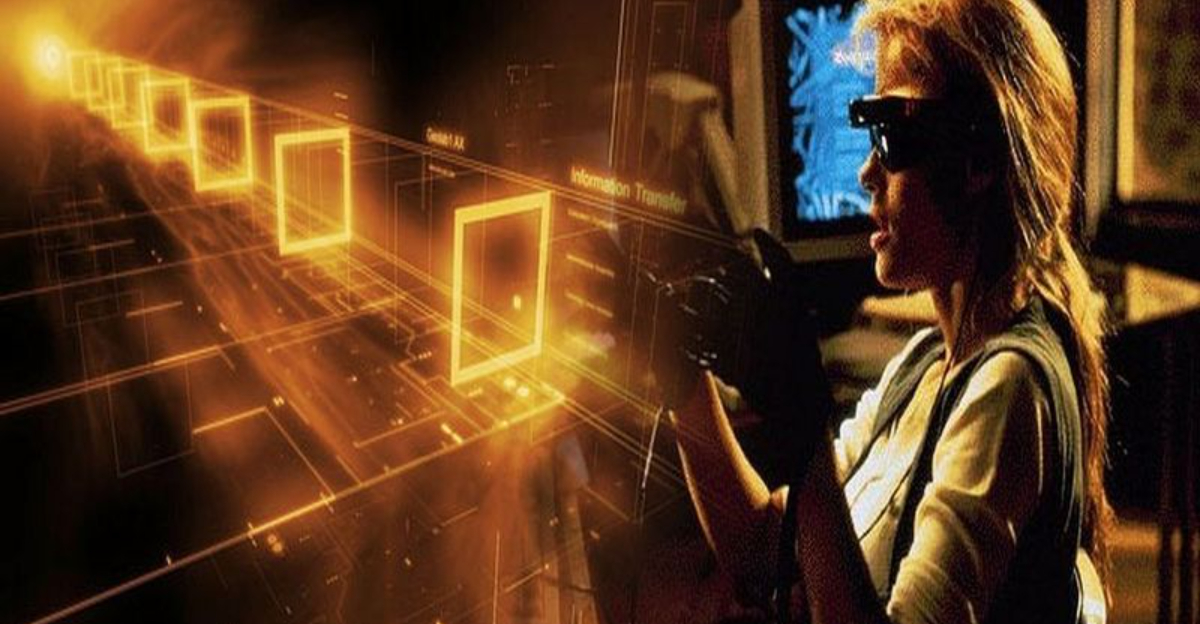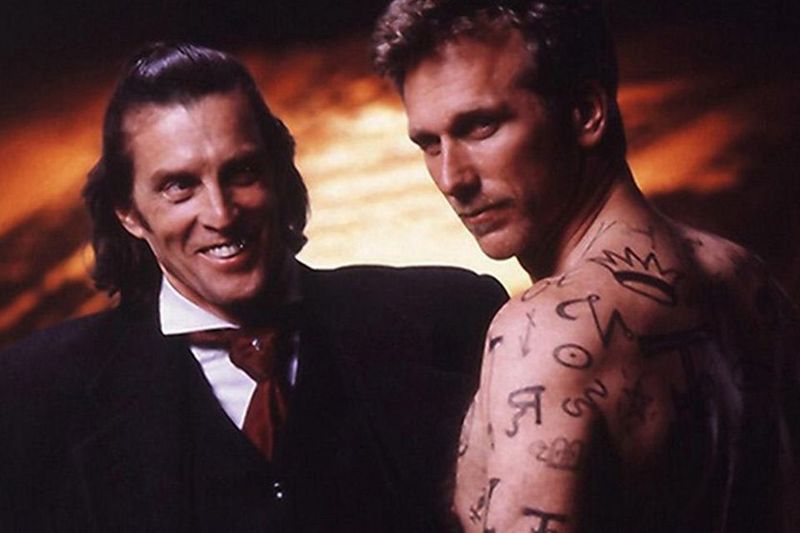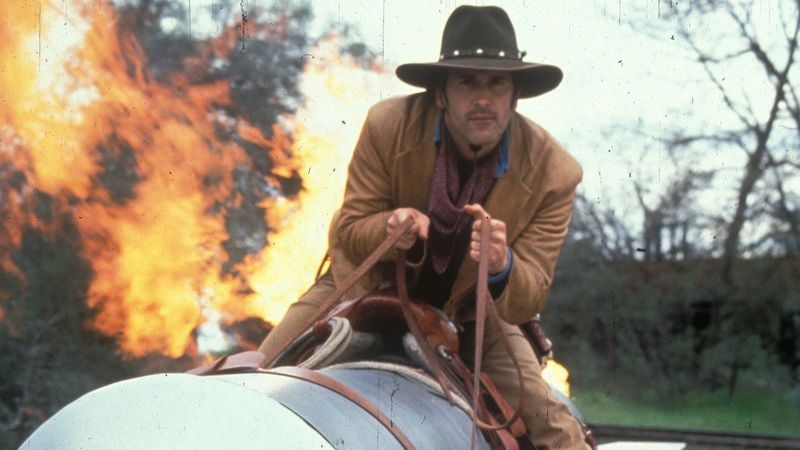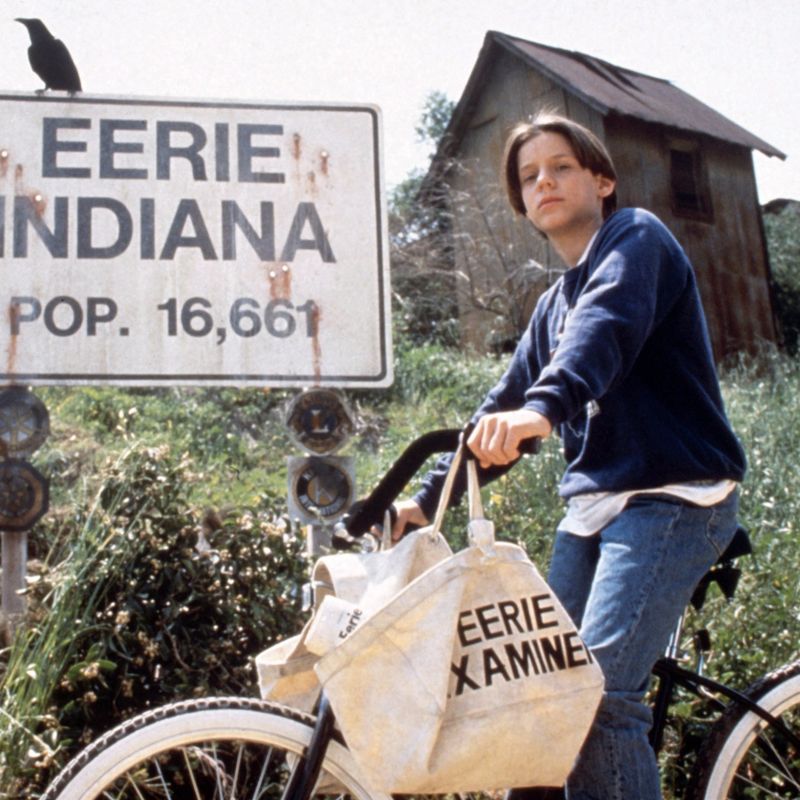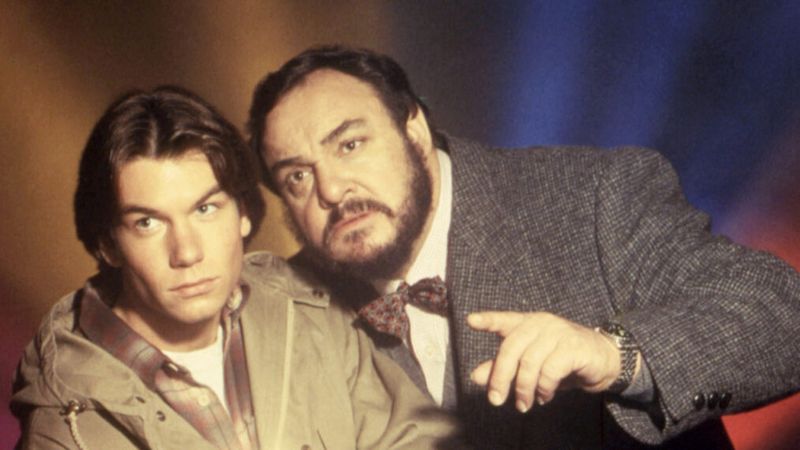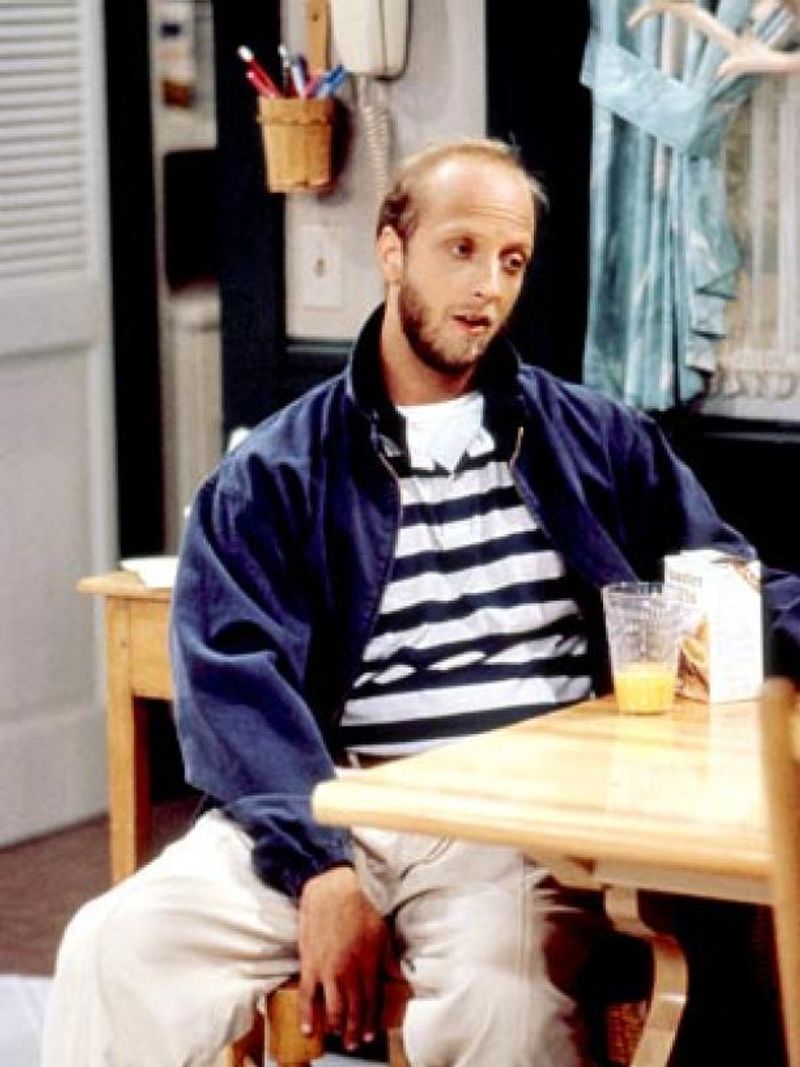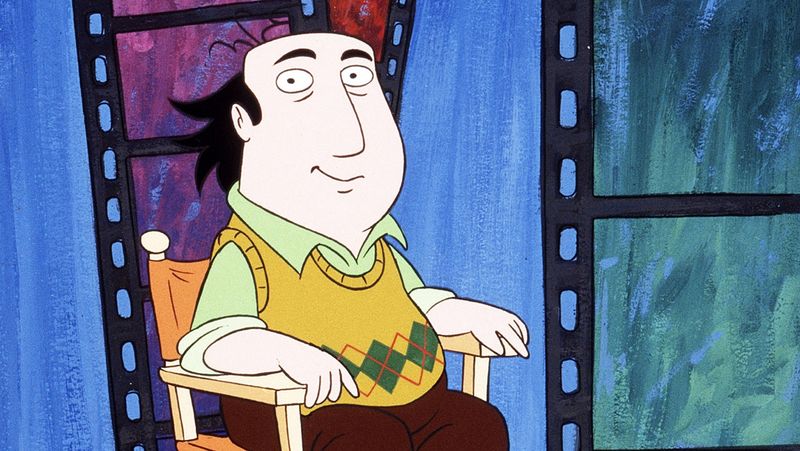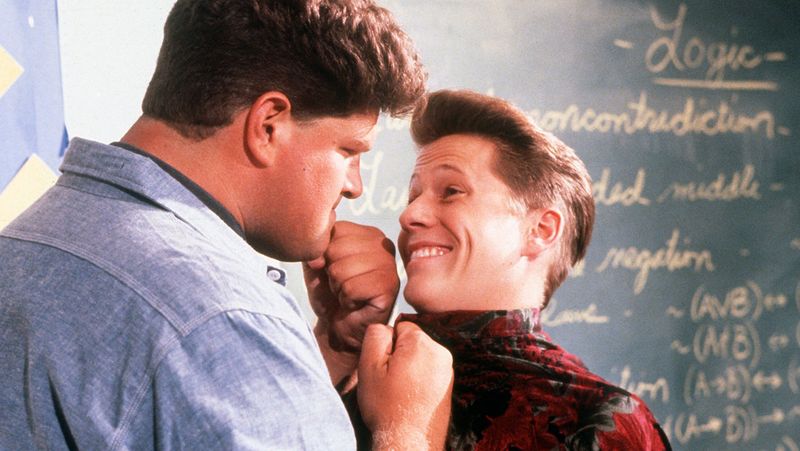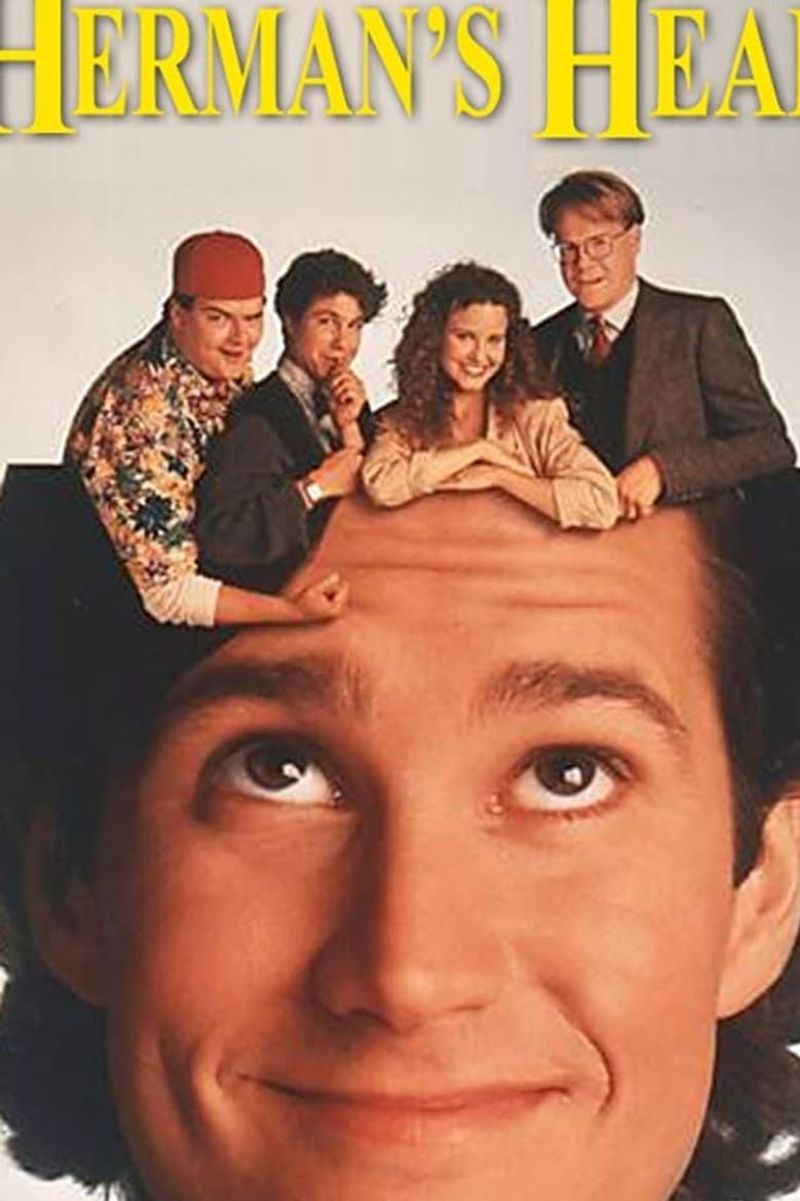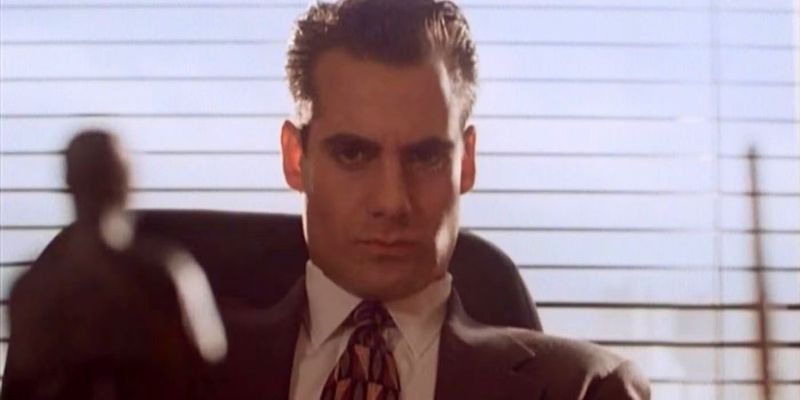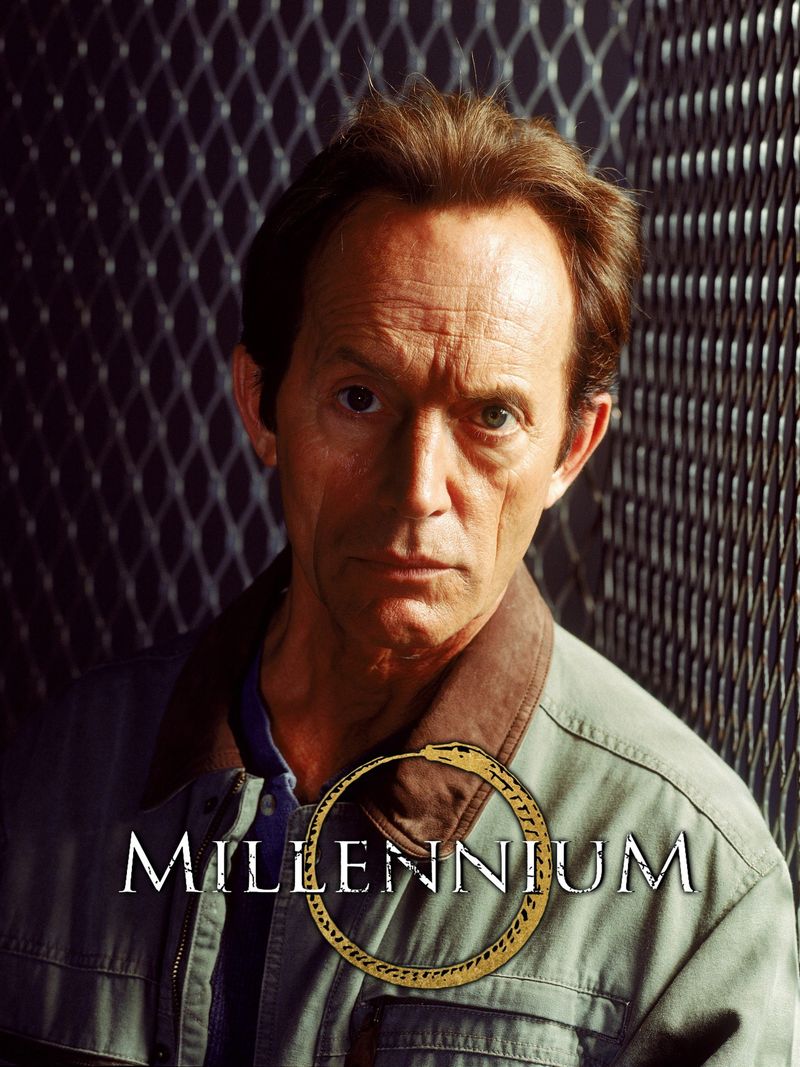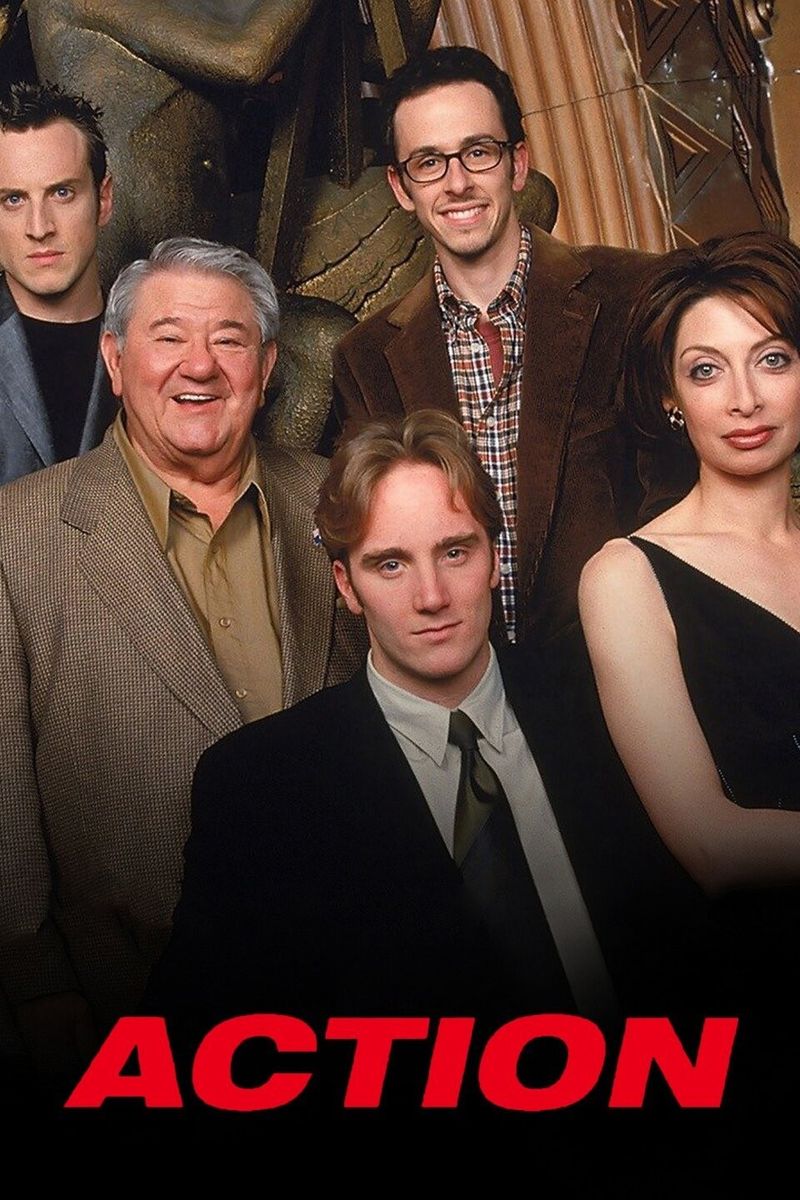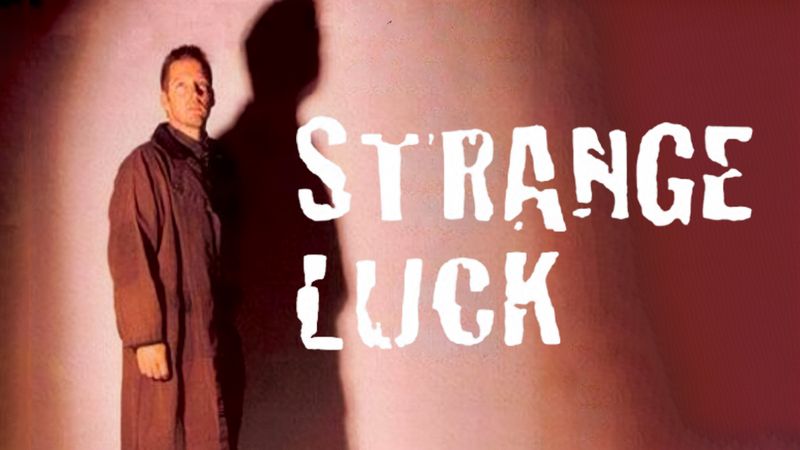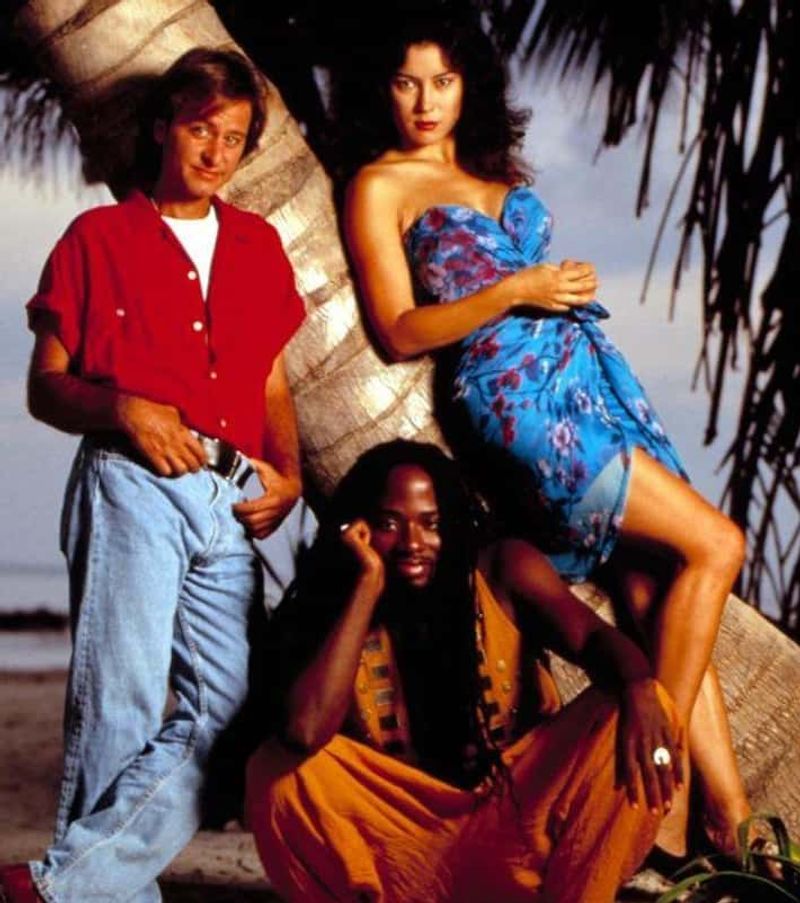The 1990s brought us some of TV’s most memorable shows, but not every Fox series got the spotlight it deserved. While The Simpsons and The X-Files dominated water cooler conversations, many brilliant shows flew under the radar or got canceled before finding their audience. These forgotten gems featured innovative storytelling, quirky characters, and concepts that were often years ahead of their time.
1. Brimstone
Imagine making a deal with the devil—literally. In this darkly compelling series, detective Ezekiel Stone returns from Hell to capture 113 escaped souls, with eternal redemption as his reward. The show mixed supernatural horror with crime drama long before it became a popular TV formula. Peter Horton delivered a nuanced performance as the tortured protagonist, balancing grim determination with surprising humor. Despite lasting only 13 episodes in 1998, Brimstone’s gothic atmosphere and moral complexity left viewers wanting more. Its exploration of redemption and damnation remains hauntingly relevant today.
2. The Adventures of Brisco County, Jr.
Cowboys meet steampunk in this genre-bending Western that defied categorization. Bruce Campbell brought his trademark charisma to the role of Brisco, a Harvard-educated bounty hunter tracking outlaws in a fantastical version of the 1890s American frontier. The show’s winning formula combined tongue-in-cheek humor with genuine adventure and mysterious sci-fi elements like “The Orb.” Its production values rivaled feature films of the era. Canceled after just one season in 1994, Brisco County developed a passionate following that continues to celebrate its perfect blend of witty dialogue, action sequences, and Campbell’s unforgettable performance.
3. Eerie, Indiana
Welcome to the weirdest town in America, population 16,661. Thirteen-year-old Marshall Teller discovered his new hometown harbored bizarre secrets: dogs that could walk upright, kids who never aged, and tupperware that preserved humans overnight. Created by José Rivera and Karl Schaefer, this family-friendly series blended horror, comedy and adolescent angst years before Stranger Things. Each episode functioned as a mini Twilight Zone for kids, tackling fears and anxieties through supernatural metaphors. Though it aired for just 19 episodes, Eerie’s smart writing and genuine creepiness left an impression on a generation of young viewers who still reference its most memorable episodes.
4. Sliders
“What if…” became a thrilling weekly adventure when physics genius Quinn Mallory accidentally created a vortex allowing travel between parallel Earths. Jerry O’Connell led a diverse cast of dimensional travelers discovering worlds where the British won the Revolutionary War or antibiotics were never invented. The early seasons masterfully balanced high-concept sci-fi with character-driven stories. Each alternate reality served as clever social commentary, questioning our assumptions about history, politics, and culture. Behind-the-scenes troubles eventually derailed the show’s quality, but those first two seasons remain a brilliant exploration of multiverse theory decades before Marvel made it mainstream.
5. Get a Life
Absurdist comedy reached new heights with Chris Elliott as Chris Peterson, a 30-year-old paperboy still living with his parents. The show gleefully rejected sitcom conventions, embracing surreal plots where Chris might die violently, only to return unharmed the following week. Elliott’s manchild character predated similar comedic archetypes by decades. His bizarre adventures included building a submarine in his bathtub and becoming a male model named “Sparkles.” Fox executives reportedly hated the show’s weird sensibilities, but its influence extends to modern anti-comedy. Many writers from Get a Life later worked on groundbreaking shows like The Simpsons and Late Show with David Letterman.
6. The Critic
“It stinks!” became the catchphrase of film critic Jay Sherman, voiced perfectly by Jon Lovitz in this animated gem. Created by Al Jean and Mike Reiss after their success on The Simpsons, the show lovingly skewered Hollywood and celebrity culture. Each episode featured brilliant parodies of popular films alongside Jay’s attempts to navigate his personal life as a divorced dad and unsuccessful romantic. The animation style allowed for wild visual gags that live-action couldn’t achieve. Despite a crossover episode with The Simpsons and critical acclaim, The Critic lasted just 23 episodes across two networks. Its sharp writing and movie industry satire feel more relevant than ever in today’s franchise-dominated film landscape.
7. Parker Lewis Can’t Lose
High school never looked so surreal as in this stylish comedy following Parker Lewis, a teenage mastermind who navigated school life with impossible confidence. The show employed cartoon-like sound effects, fourth-wall breaks, and camera tricks that made Saved by the Bell look conventional by comparison. Parker and his loyal friends battled their nemesis, the tyrannical Principal Musso, while executing increasingly elaborate schemes. The series gradually evolved from simple high school hijinks to more complex storytelling. Often dismissed as a Ferris Bueller knockoff, Parker Lewis actually pioneered visual techniques later adopted by shows like Malcolm in the Middle and Scrubs. Its inventive direction and genuine heart made it much more than just another teen comedy.
8. VR.5
Years before The Matrix explored virtual reality, this cyberpunk thriller followed Sydney Bloom, a phone company technician who discovered she could enter others’ subconscious through a modified VR system. Lori Singer brought vulnerability and determination to the role of Sydney, whose virtual adventures uncovered a conspiracy connected to her father’s death. The show’s distinctive visual style used color filters to differentiate reality (cool blues) from virtual worlds (warm sepias). Its complex mythology involved a shadowy organization called “The Committee” with unclear motives. Airing in 1995 when most viewers barely understood the internet, VR.5’s ahead-of-its-time concepts about technology and consciousness make it fascinatingly prescient today.
9. Herman’s Head
Decades before Pixar’s Inside Out, this innovative sitcom visualized one man’s thoughts through four internal characters representing different aspects of his personality. Research analyst Herman Brooks (William Ragsdale) navigated work and romance while Angel, Animal, Wimp and Genius debated inside his mind. The show cleverly used its premise to explore how our conflicting impulses shape decision-making. Herman’s Head featured early performances from Hank Azaria and Yeardley Smith (both voice actors on The Simpsons). Though sometimes dismissed as gimmicky, the series tackled serious subjects like sexual harassment and homophobia with surprising nuance for early 90s television. Its psychological concept remains intriguing nearly thirty years later.
10. Profit
Television wasn’t ready for Jim Profit. Adrian Pasdar played the sociopathic corporate climber who slept in a cardboard box, manipulated colleagues, and broke the fourth wall to share his ruthless philosophy with viewers. His traumatic childhood (revealed through disturbing flashbacks) explained but didn’t excuse his behavior. The series portrayed corporate America as a moral wasteland where Profit’s machinations seemed almost justified. Fox executives reportedly found the show’s dark tone and amoral protagonist too disturbing for 1996 audiences. Canceled after just four episodes, Profit anticipated the anti-hero trend that would later define prestige television. Its unflinching portrayal of corporate psychopathy feels more relevant than ever in today’s business landscape.
11. The Ben Stiller Show
Before he became a movie star, Ben Stiller created this criminally underappreciated sketch comedy series that won an Emmy after it was already canceled. The show’s stellar cast included Janeane Garofalo, Andy Dick, and Bob Odenkirk, who later co-created Mr. Show. Unlike Saturday Night Live, Stiller’s sketches focused on razor-sharp pop culture parodies like “Cape Fear” reimagined with Woody Allen or a U2 documentary directed by Oliver Stone. The writing staff included Judd Apatow and David Cross, explaining the show’s enduring influence. Though it lasted just 13 episodes in 1992-93, the series launched multiple comedy careers and established a template for future sketch shows like Key & Peele.
12. Millennium
From X-Files creator Chris Carter came this darker, more philosophical series about Frank Black, a former FBI profiler with the ability to see through killers’ eyes. Lance Henriksen’s haunted performance anchored the show’s exploration of evil as the year 2000 approached. Unlike typical procedurals, Millennium balanced standalone cases with a complex mythology involving the shadowy Millennium Group. The series tackled religious themes, apocalyptic anxiety, and existential dread with unusual depth for network television. Though it ran for three seasons, the show never achieved its companion series’ popularity. Fans still debate its ambiguous ending and celebrate its willingness to confront humanity’s darkest impulses without easy answers or comforting resolutions.
13. Action
Hollywood producer Peter Dragon’s spectacular flameout provided the funniest, most profane satire Fox ever aired. Jay Mohr starred as the cocaine-fueled exec desperate for a hit after his $150 million disaster “Slow Torture.” His unlikely partnership with former child star/prostitute Wendy Ward (Illeana Douglas) drove the series. Created by Chris Thompson, Action pulled no punches in its portrayal of Tinseltown’s cutthroat culture. The show featured real celebrities playing themselves and insider references that felt authentically scathing. Fox heavily censored the dialogue, but the DVD release restored the gloriously vulgar original versions. Despite lasting just one season in 1999, Action remains the most honest portrayal of Hollywood’s toxic ecosystem ever broadcast.
14. Strange Luck
Photographer Chance Harper had the ultimate superpower: extraordinary luck, both good and bad. D.B. Sweeney brought everyman charm to this character constantly thrust into bizarre situations—finding a kidnapped child while shooting a wedding or winning the lottery only to be robbed moments later. Created by Karl Schaefer (Eerie, Indiana), the series blended case-of-the-week storytelling with Chance’s search for his long-lost brother. The show’s philosophical undertones explored whether random chance or unseen design guides our lives. Strange Luck’s unique concept and Sweeney’s likable performance earned a devoted following in 1995-96. Though canceled after one season, the character later appeared in an episode of The X-Files, suggesting both shows shared a universe.
15. Key West
Fisher Stevens starred as Seamus O’Neill, a factory worker who wins the lottery and fulfills his dream of becoming a newspaper writer in quirky Key West, Florida. The show balanced his fish-out-of-water story with colorful local characters including a bar owner, a shrimper, and the town’s eccentric mayor. Created by David Beaird, the series combined magical realism with social commentary, often addressing issues facing the real Key West. The tropical setting provided a vibrant backdrop unlike anything else on television. Despite strong reviews for its unique tone and ensemble cast (including Jennifer Tilly), Key West lasted just 13 episodes in 1993. Its blend of comedy, drama and fantasy created an atmosphere that feels like a precursor to shows like Northern Exposure.
